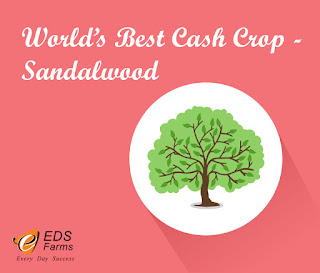Sandalwood oil extracted from the sapwood part of the wood. Sandalwood oil is precious and used for incense purpose. Sandalwood oil is one of the most highly priced items in the essential oil trade, reflecting the nature of the raw material source and the tightness of supplies. In the late 1980s it was fetching almost US$200/kg. Throughout 1992 the price of oil of Indian origin offered by London dealers was about US$140-150/kg; Indonesian oil was about US$5 lower. In mid-1993 the price of Indian oil rose again to US$180/kg and this was still the price in early 1994.
Sandalwood oil prices have risen to $2,000 per kg recently. Sandalwood from the Mysore region of Karnataka (formerly Mysore), and Marayoor forest in kerala, Southern India is high quality. Once Sandalwood was used for making furniture and caskets, but as the tree is nearly extinct, it is only used for the distillation of oil. Because of the threat of total extinction, this oil is now very well controlled in India – but has caused the price of this very fine oil to soar, and become one of the most expensive essential oils on the market – and for that reason we offer the pure oil, as well as a more affordable blend which contains 25% of the pure oil.
The prized properties of the Sandalwood tree are concentrated in the heartwood. As such, the price paid by a buyer will primarily depend upon the oil content and volume of the heartwood, with the more heartwood a piece of timber contains and higher the oil content, the greater its value. In addition to this, timber that has been value-added and timber that have been harvested from native stands will attract higher prices.
Article Coutesy : Hosursandal
Contact:
EDS Farms Private Limited
W101, 2nd Avenue, Anna Nagar ,
Chennai-600040, Tamilnadu.
044 45058348 | 42612288,
7358598899,7358596677
info@edsfarms.com
www.edsfarms.com
Sandalwood oil prices have risen to $2,000 per kg recently. Sandalwood from the Mysore region of Karnataka (formerly Mysore), and Marayoor forest in kerala, Southern India is high quality. Once Sandalwood was used for making furniture and caskets, but as the tree is nearly extinct, it is only used for the distillation of oil. Because of the threat of total extinction, this oil is now very well controlled in India – but has caused the price of this very fine oil to soar, and become one of the most expensive essential oils on the market – and for that reason we offer the pure oil, as well as a more affordable blend which contains 25% of the pure oil.
The prized properties of the Sandalwood tree are concentrated in the heartwood. As such, the price paid by a buyer will primarily depend upon the oil content and volume of the heartwood, with the more heartwood a piece of timber contains and higher the oil content, the greater its value. In addition to this, timber that has been value-added and timber that have been harvested from native stands will attract higher prices.
Article Coutesy : Hosursandal
Contact:
EDS Farms Private Limited
W101, 2nd Avenue, Anna Nagar ,
Chennai-600040, Tamilnadu.
044 45058348 | 42612288,
7358598899,7358596677
info@edsfarms.com
www.edsfarms.com





